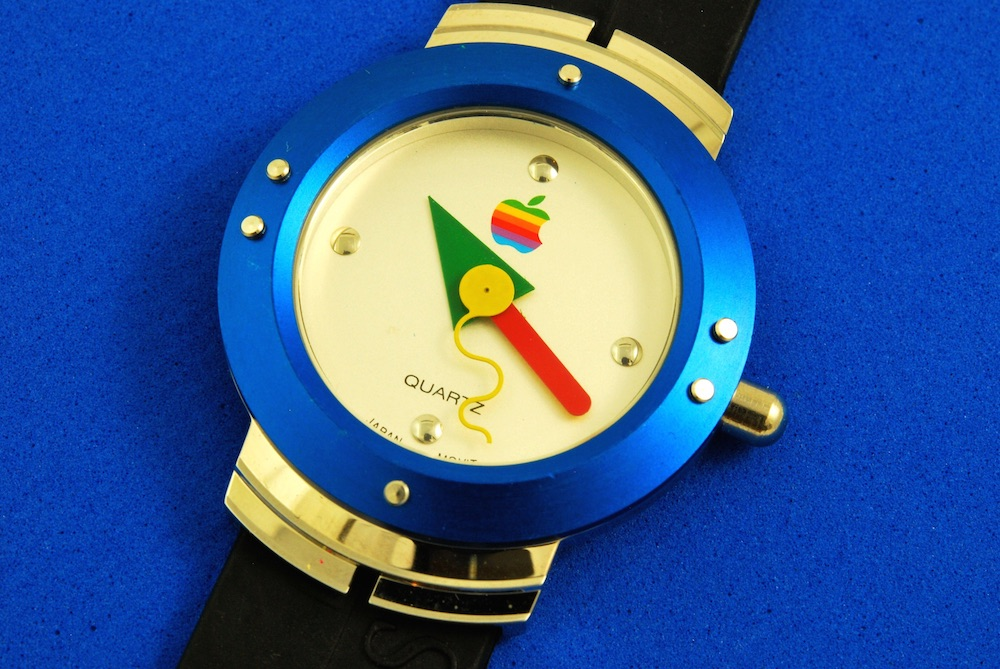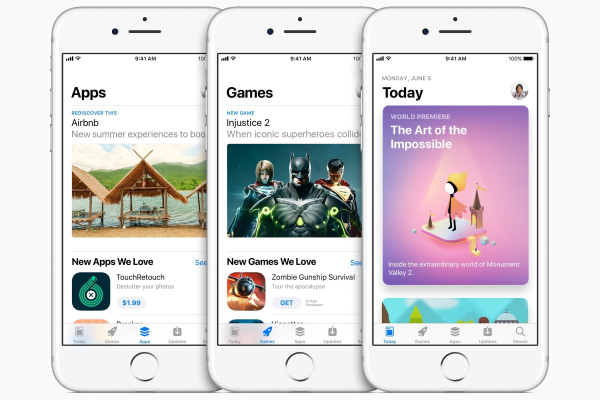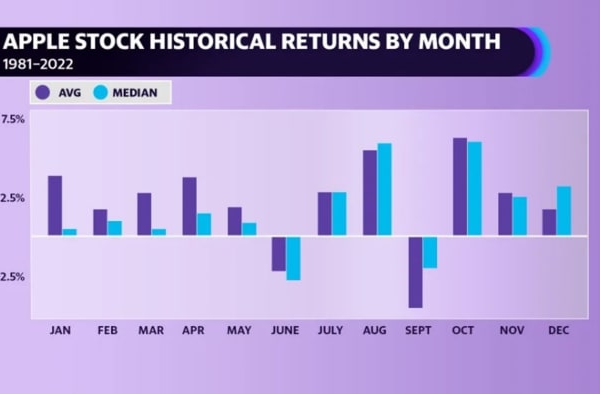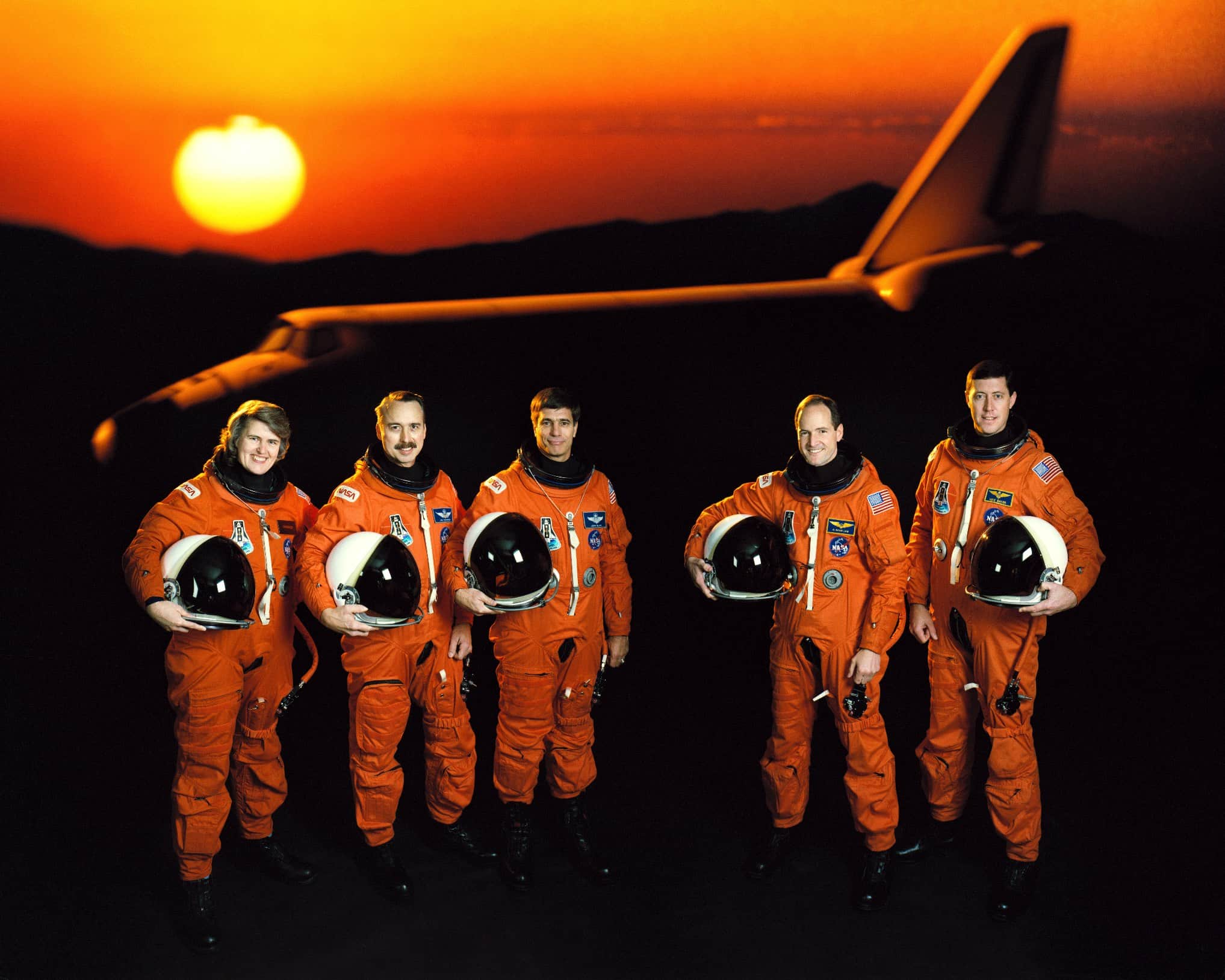1995 Apple Watch: The Start of Apple’s Wearables Journey

On May 2, 1995, Apple made its foray into the wearables market by introducing the 1995 Apple watch, marking a significant yet humble beginning for the tech giant. Though it was merely a stylish timepiece devoid of advanced features such as fitness tracking or notifications, this device would eventually pave the way for the sophisticated Apple wearables we know today. Offered for free as a promotional item alongside Mac OS upgrades, the inclusion of the first Apple watch aimed to persuade users to transition to the updated System 7.5. Despite the retro aesthetic and limited functionality, the watch became a cherished item among Apple collectors as a glimpse into the company’s early innovations. As Apple evolved over the years, the 1995 Apple watch transformed from a simple gadget into a sought-after collector’s item, symbolizing the brand’s rich history in pioneering technology and user experience.
In the realm of personal gadgets, the Apple watch debuted in 1995 as Apple’s initial foray into wearable technology. This unique piece, primarily marketed as a free accessory for those upgrading to System 7.5, reflects a significant moment in tech history despite its absence of modern features like health tracking or digital notifications. During a challenging era for Apple, the watch served not only as a stylish wrist accessory but also as a clever marketing tool aimed at enticing users to embrace new software enhancements. Over time, this early Apple wearable has become a nostalgic artifact for enthusiasts and collectors alike, showcasing the brand’s legacy. As we look back, the influence of the first watch is evident in today’s expansive line of Apple wearables that fuse advanced technology with everyday utility.
The Launch of the 1995 Apple Watch
On May 2, 1995, Apple made a notable entry into the emerging wearables market with its first watch. However, this initial offering was more of a timepiece than the smart device we now associate with the term ‘wearable’. Styled in the recognizable aesthetic of the 1990s, the watch lacked fitness-tracking capabilities and on-screen notifications that have since become standard in modern wearables. Offered for free with a special mail-in deal for customers who upgraded to Mac OS System 7.5, this device was unique in its day, acting more as a marketing tool than a true wearable technology.
The 1995 Apple watch’s launch was a strategic maneuver to motivate users of older Mac systems to upgrade to the more advanced System 7.5. While the watch itself did not offer high-tech features, its association with an OS upgrade appealed to a niche market of Apple enthusiasts. The early days of wearables were quite different from today’s landscape, illustrating how far the technology has evolved. Despite its lack of functionality, collectors today consider this first Apple watch a significant piece of tech history.
Incentivizing Upgrades with the Free Apple Watch
Apple’s decision to offer the watch for free was a clever incentive aimed at boosting System 7.5 adoption amongst Mac users. At a time when many customers were reluctant to pay $134.99 for an OS upgrade, the free watch seemed like a generous perk to sweeten the deal. While System 7 had been around for several years, the introduction of 7.5 brought many enhancements, including better internet and email integration – a major plus for users at that time. The Apple watch, though basic, served as a cunning marketing tactic to encourage loyalty to the Apple brand.
This opportunity caught the attention of individuals who may have otherwise delayed the upgrade process. With offerings like the Conflict Catcher 3 software also available, Apple tried to entice a wider user base, working hard to keep users connected to their ecosystem. The 1995 Apple watch might have been primitive by today’s standards, but it was part of a broader strategy to leverage new system functionalities and introduce users to the Apple experience, fostering a community that persisted through challenging corporate times.
System 7.5 Features and Their Importance
The release of Mac OS System 7.5 was pivotal for Apple, introducing more than 50 new features that significantly improved the user experience. As users upgraded, they were not only receiving a new operating system but also enhancements that made their Macs more capable than ever. Features like the Apple Guide provided a comprehensive manual to assist users, positioning Mac OS prominently against competitors. This software innovation effectively laid the groundwork for smoother operations in an increasingly digital environment.
In addition to more robust email and internet connectivity, System 7.5 made it easier for users to navigate and utilize the extensions on their devices. The upgrade’s promotion was crucial during a challenging year for Apple when competition from Microsoft was fierce, particularly with the release of Windows 95. The shift towards a more integrated user experience in System 7.5 was necessary not only for preserving user interest but also for establishing Apple’s relevance in the fast-evolving tech landscape.
The Collector’s Appeal of the 1995 Apple Watch
Fast forward to today, the 1995 Apple watch has transformed from a promotional item into a sought-after collectible among Apple aficionados. Due to its uniqueness and storied past, many collectors regard this watch as a nostalgic piece of technology history. The rarity of the device, combined with its association with Apple’s early marketing strategies, has led some online sellers to price the watch in the hundreds or even thousands of dollars, depending on its condition.
For collectors, acquiring the first Apple watch isn’t just about owning a timepiece; it’s about holding a piece of Apple’s legacy. It represents the beginning of Apple’s journey into wearables, a precursor to the revolutionary devices that would emerge in the following decades. If you’re an Apple collector, sharing your rare finds or reminiscing about past offers could be a fun way to engage with others who appreciate the value of tech history.
Apple’s 1995 Watch and Its Context in Tech History
The launch of the 1995 Apple watch needs to be understood within the broader context of tech history and Apple’s own journey. During this era, technology was undergoing remarkable transformations, but wearables were not yet on the forefront. Apple, still reeling from its mid-90s struggles, was navigating a fiercely competitive market dominated by Microsoft’s successes. Thus, the introduction of this watch was not just a product launch; it was a strategic move to reinforce brand loyalty and showcase Apple’s innovative spirit.
Positioning the watch as a promotional giveaway also reflected a shift in Apple’s marketing approach. It aimed to emphasize interconnectivity, inviting users to upgrade not only their software but their overall Mac experience. Looking back, the 1995 Apple watch foreshadowed the evolution of technology as we know it today. It paved the way for future developments in wearables, which would soon include features like fitness tracking, mobile connectivity, and more sophisticated interfaces.
Comparing Early and Modern Apple Watches
When we compare the 1995 Apple watch with today’s advanced models, the evolution of technology becomes starkly apparent. Modern Apple watches boast high-resolution displays, comprehensive health tracking, seamless notifications, and connectivity features that make them indispensable gadgets for many users. However, the 1995 model, although primitive, marked the first step toward this evolution, serving as an entry point into the world of wearables and laying the foundation for what was to come.
Today’s Apple watches exemplify sleek design and high functionality, incorporating features far beyond timekeeping. They are equipped with fitness tracking sensors, apps for monitoring health metrics, GPS, and cellular capabilities. This progression from the simplistic 1995 model to the sophisticated devices of today illustrates Apple’s commitment to innovation and meeting the needs of its customers, reinforcing its place as a leader in the wearables market.
Apple’s Strategic Response to Market Trends
Apple’s introduction of the 1995 watch was also a response to shifting market dynamics that were increasingly favoring multifunctional devices. In a time when technology was transitioning rapidly, users were beginning to expect more from their devices. Apple recognized this trend and took a gamble by including this novelty in its promotional offer to upgrade software. While this watch wasn’t advanced by today’s standards, it represented Apple’s efforts to adapt to market needs and consumer expectations.
As the tech landscape evolved, Apple would later embrace this trend of wearables with a more robust product line, including the Apple Watch series that redefined the category. The early watch was a clear foreshadowing of Apple’s future directions, setting the stage for their ongoing innovation in personal technology. It illustrates how addressing customer needs—through incentives like a free watch—can foster deeper brand loyalty and consumer engagement.
The Legacy of Apple’s Marketing Tactics
The marketing tactics Apple employed during the launch of the 1995 watch serve as an example of how companies can leverage unique promotions to stimulate interest and sales. Providing the watch as a free incentive was a smart strategy to enhance the perceived value of the System 7.5 upgrade. Ultimately, it drew attention to Apple’s offerings at a time when competition was fierce, and consumer interest was at risk of waning.
This approach would influence Apple’s future marketing strategies, focusing on creating intrinsic value within their ecosystem. From the first Apple watch onward, this adaptation to consumer needs became a hallmark of Apple’s branding. Today, the legacy of such marketing tactics continues to influence how modern tech companies approach consumer engagement, reminding us of the importance of creative strategies in promoting products.
The Importance of Nostalgia in Tech Collecting
Nostalgia plays a significant role in the appeal of technology collectibles, particularly when it comes to iconic brands like Apple. The 1995 Apple watch, despite its simplicity, holds sentimental value for many who remember the early days of personal computing. As a collectible item, it evokes memories of an era marked by innovation and change in the technology landscape, reflecting how far we have come since then.
For collectors, owning a piece of this nostalgia is not just about the item itself but also about preserving a connection to the past. The 1995 Apple watch serves as a reminder of Apple’s roots and the original motivations that propelled the company toward modern successes. Collectors often share stories about these items, exploring not just their value as artifacts but their place in the narrative of technology’s evolution.
Frequently Asked Questions
What features did the 1995 Apple watch offer to users?
The 1995 Apple watch was primarily a basic timepiece with no fitness-tracking capabilities or on-screen notifications. It was heavily styled in 1990s aesthetics and served as an incentive for Mac OS upgraders to transition to System 7.5.
How did the 1995 Apple watch relate to the System 7.5 upgrade?
The 1995 Apple watch was offered for free to users who upgraded to Mac OS 7.5, acting as an incentive to entice them to undertake the upgrade, which provided many new features and improvements for the Mac operating system.
When was the first Apple watch introduced, and why was it significant?
The first Apple watch was introduced on May 2, 1995. It marked Apple’s initial foray into the wearables market, even though it was just a promotional item to boost the System 7.5 upgrade during a challenging period for the company.
Is the 1995 Apple watch considered a collector’s item today?
Yes, the 1995 Apple watch has become a sought-after collector’s item. Prices can range significantly on platforms like eBay, with some selling for several hundred dollars or more, depending on condition and rarity.
What new features did System 7.5 introduce that were promoted alongside the 1995 Apple watch?
System 7.5 introduced over 50 new features including enhanced internet and email connectivity, and the Apple Guide, which was a more advanced help manual compared to the previous Balloon Help feature, enhancing the overall user experience for Mac users.
How did the 1995 Apple watch compare to modern Apple wearables?
Unlike modern Apple wearables, which include advanced features such as fitness tracking, notifications, and smart technology integration, the 1995 Apple watch was a simple timepiece without any of these functionalities, designed mainly as a promotional item.
What was the price of the System 7.5 upgrade and how did it affect the offer of the 1995 Apple watch?
The System 7.5 upgrade was priced at $134.99, which was considered high at the time. The introduction of the 1995 Apple watch as a complimentary item aimed to make the upgrade more appealing to users, providing a tangible bonus amid Apple’s challenging market conditions.
What can I do if I’m interested in collecting the 1995 Apple watch?
If you’re interested in collecting the 1995 Apple watch, your best bet is to search online marketplaces like eBay. Be sure to check the condition and authenticity of the watch as prices can vary wildly based on these factors.
Was the 1995 Apple watch a successful marketing strategy for Apple?
While the 1995 Apple watch didn’t lead to significant sales, it effectively incentivized some customers to upgrade to System 7.5 during a tough time for Apple, thereby helping to improve their user base and software platform.
What other items were offered as alternatives to the 1995 Apple watch for System 7.5 upgraders?
In addition to the 1995 Apple watch, users could choose a free copy of Conflict Catcher 3, a utility designed to resolve conflicts between the Mac and its extensions, providing an additional incentive for upgraders.
| Key Point | Details |
|---|---|
| Release Date | May 2, 1995 |
| Purpose | To incentivize the upgrade to Mac OS System 7.5 |
| Design & Features | Fashionable timepiece with no fitness tracking or notifications; styled in 1990s aesthetics |
| Upgrade Context | Offered to encourage users to pay the $134.99 for System 7.5 upgrade |
| Impact on Users | Came during a challenging time for Apple with the company in decline in the mid-90s |
| Collector’s Status | Now considered a desirable collectible, fetching hundreds on eBay |
Summary
The 1995 Apple watch marked Apple’s entry into the wearables market, but it was merely a stylish timepiece without modern features like fitness tracking or notifications. Positioned as an incentive for users to upgrade to the new Mac OS System 7.5, this watch symbolizes a pivotal moment for Apple as it navigated a challenging period in the mid-1990s. While it may not have been groundbreaking technology at the time, the 1995 Apple watch has since gained collector’s status, highlighting its historical significance in the evolution of wearable technology.
You may also like

iOS App Store Success: A Milestone in Digital Distribution


First Email from Space: The Macintosh Portable’s Legacy
Archives
Calendar
| M | T | W | T | F | S | S |
|---|---|---|---|---|---|---|
| 1 | 2 | 3 | 4 | 5 | 6 | 7 |
| 8 | 9 | 10 | 11 | 12 | 13 | 14 |
| 15 | 16 | 17 | 18 | 19 | 20 | 21 |
| 22 | 23 | 24 | 25 | 26 | 27 | 28 |
| 29 | 30 | 31 | ||||